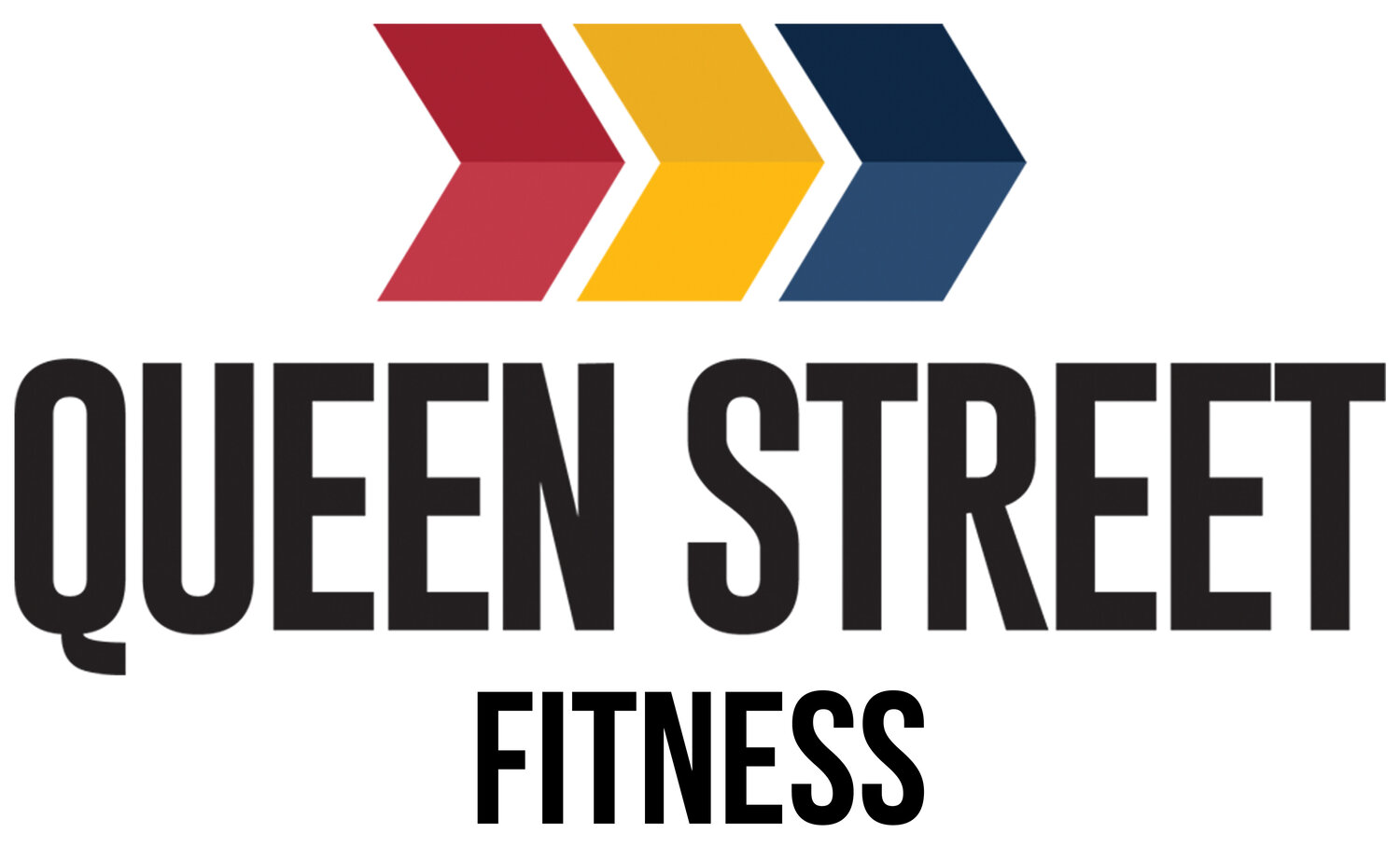Squatting is one of the best movements for developing lower body strength. This page covers squat drills and progressions. This first section provides example movement prep. The rest of the page has the specific drills with more detail on performance and purpose.. In order to squat with heavy loads proper mechanics are important. Some concepts which will make your squat more efficient and stronger are listed below. We recommend understanding them before loading the squat.
Foot Position & Weight Distribution
While squatting the weight should be towards our midfoot and your foot should have a slight arch. We want to avoid the weight being excessively towards the heels, toes, inside, or outside of the foot. Setting your feet in the right position is the starting point for your squat.
Bracing/Midline Stabilization
In order to lift heavy loads you have to brace. Bracing involves creating pressure in your core to stabilize the spine. This is done through breathing and squeezing the abdominals.
Racking/Unracking
Learning how to set the rack and rack/unrack safely is essential for squatting. The bar hooks (J-Cups) should be set just below your shoulder height so you have a slight bend in your knee while unracking. When taking the bar out, start facing into the rack, bring the feet underneath your body and brace before unracking.
Bailing
Before going heavy, practice bailing. Learning how to get out from under the bar safely will allow you to attempt heavy weights with confidence. See the video demo below for more information.
EXAMPLE - Squat Warm-Up
Before squatting, we recommend performing a general warm-up, mobility, and then gradual loading. Examples of a specific squat warm-up are listed below. These are examples, athletes may customize their squat warm-up based on individual needs. If you are looking to improve the quality of your squat, we recommend performing mobility work more frequently (a mobility warm-up such as this can be performed daily).
Squat Mobility Warm-Up
5 Single Knee Push Out
5 Rotate + Reach
5 Double Knee Push Out
5 Squat Back Extensions
5 Squat Hip Rotations
10 Air Squats
Squat Loading Warm-Up
30 Second Squat Bottom Hold
30 Second Ankle Stretch
5 Reverse Lunges
5 Side Lunges
10 Banded Squats
10 Goblet Squats
10 Back Squats
Air Squat
Points of Performance
- Work through a full range of motion as mobility will allow.
- Feet should be approximately shoulder width and slightly turned out.
- Aim to maintain a vertical torso, knees tracking in line with the toes, and neutral spine.
- The Air Squat is the foundation of other squatting movements.
Goblet Squat
Points of Performance
- This drill allows you to practice staying more vertical while squatting.
- May be done with a Dumbbell, Kettlebell, or plate.
Back Squat
Points of Performance
- Bar on the back. Set up and get tight before unracking the bar.
- See above for more details on essential squatting concepts.
Front Squat
Points of Performance
- Bar in front rack. This movement will challenge the quads, upper back, and abs more than a back squat.
Overhead Squat
Points of Performance
- The most complex squatting movement. Requires lower/upper body strength and mobility.
- Maintain active shoulder while squatting.
Squat Therapy and Mobility Drills
Wall Squat
Points of Performance
- Start off the wall and gradually move closer.
- Hands should be overhead and touching.
- This drill forces you to remain vertical while squatting.
Bottom of Squat Hold
Points of Performance
- Mobility for the bottom of the squat.
- Extra weight will make it easier to get to the bottom as it provides a counter balance.
Concepts
Squat Bailing
Points of Performance
- Most squats will be missed close to the bottom or around parallel. Practice bailing there.
- In order to bail take hands off the bar and push the hips forward. You may also jump from under the bar.

